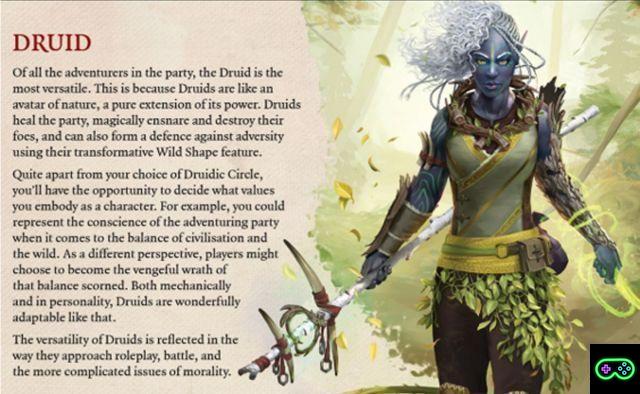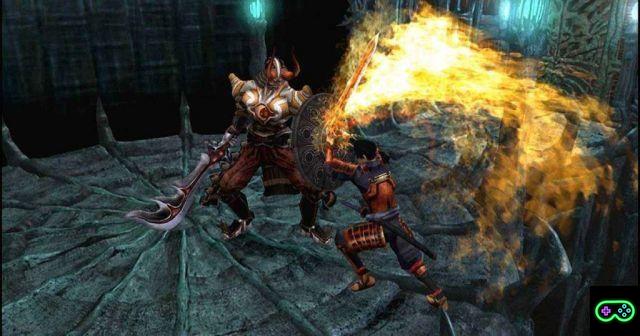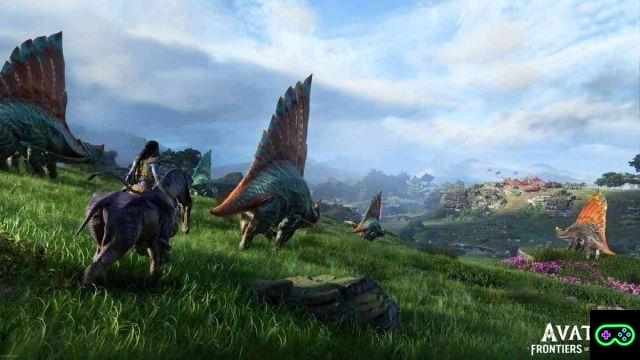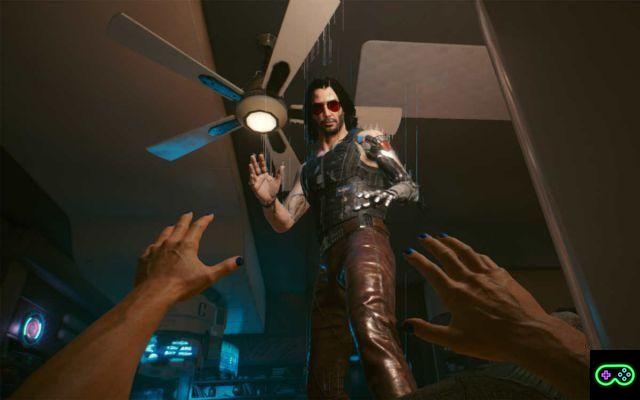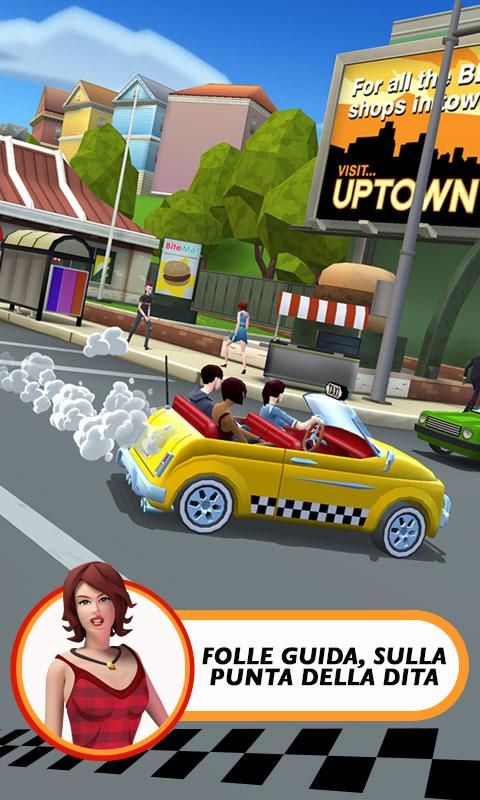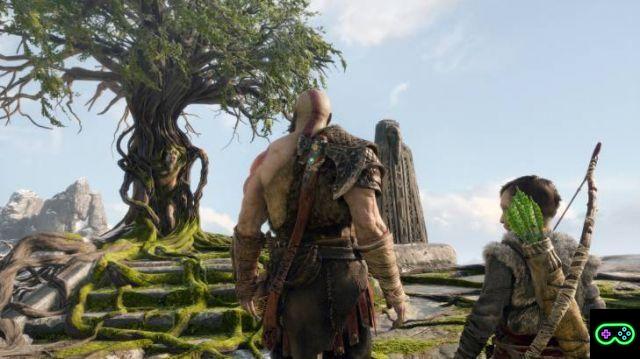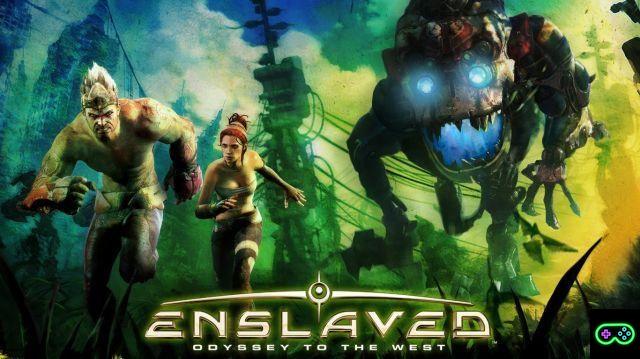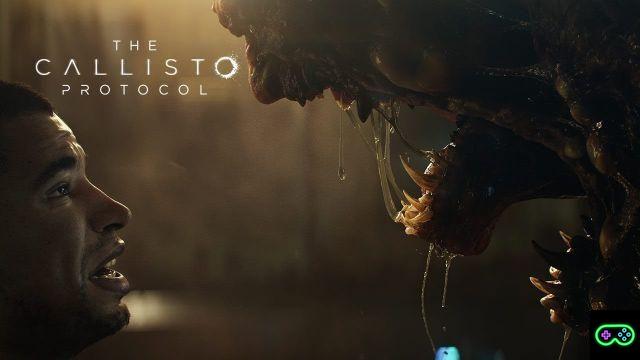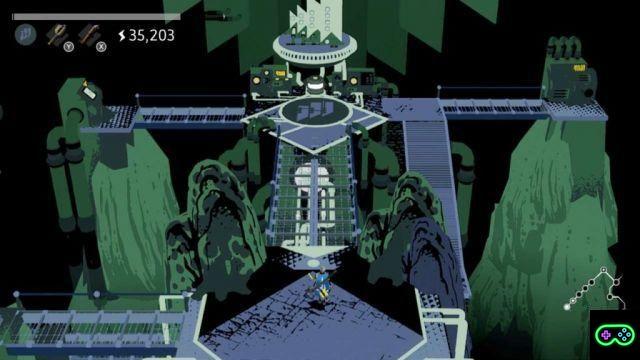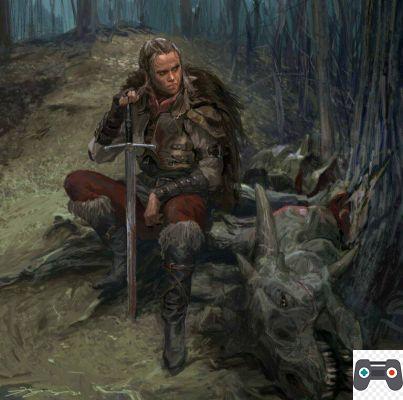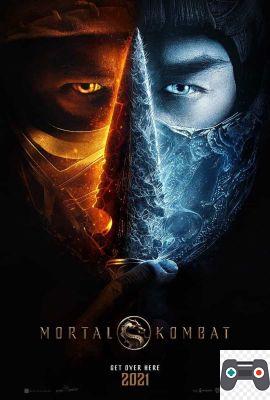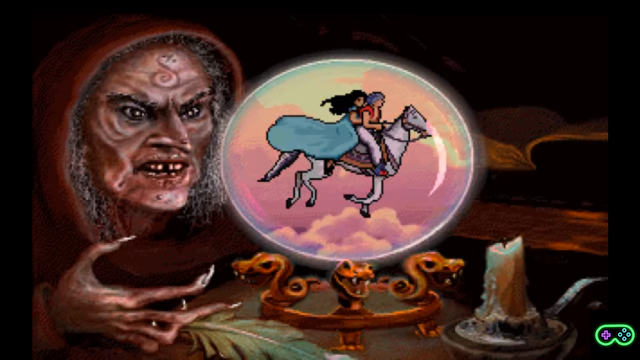Initially born as simple adventurous platformers, video games Metroidvania have, over the years, undergone one violent evolution, they branched out into different genres and sub-genres and some of them are still remembered after many years as real masterpieces.
Having said that, a series of questions come to mind "but what are the peculiar characteristics of a metroidvania?" and "is there a formula that allows you to create the perfect metroidvania?"
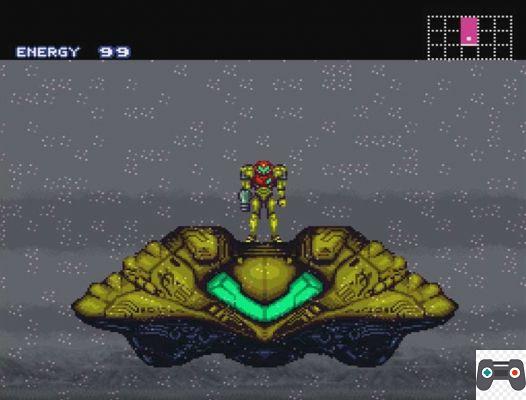
The peculiarities of the genre
Before understanding what it is the perfect blend of elements capable of being defined "the perfect metroidvania" it is necessary to analyze what are the key points that allow a title to be categorized as such.
A metroidvania video game is a subgenre of platformers in which the action and adventure component; they are mostly two-dimensional and within them the player travels across a map for collect items and get new skills; these fundamental components have the ability to progressively open the world to further and deeper explorations. Some of them combine the aforementioned elements with features and textures closer to those of RPGs.
Part of the appeal of metroidvania games is theirs replayability. Unlike traditional sidescroller or story-driven games, which notoriously have a very linear tendency, or at most with some branching, but which always leads to the main path, the open world of a metroidvania can be covered in different ways in each playthrough.
Since many of the objects and abilities are hidden, they inevitably require a good dose of backtracking in order to delve into the game world and find new areas; these, traveled in different order every time you savor the title, give a different feeling to your game, making the experience always unique.
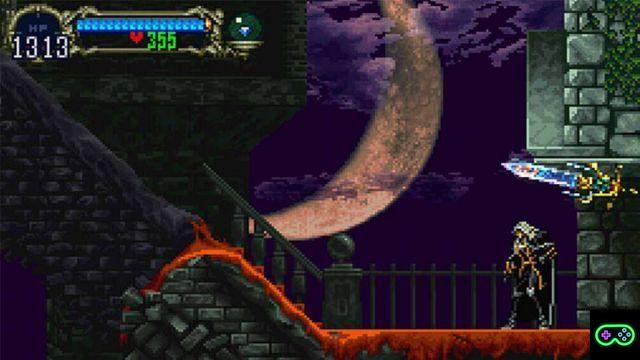
Finally, the term "metroidvania" is generated by the union of the titles of the two videogame sagas that have defined the genre: Metroid and Castlevania; The first Metroid and Castlevania 2: Simon's Quest two titles released for the Nintendo Entertainment System one year apart from each other were two real revolutions in the videogame landscape of the late 80s, with a unique gameplay, which wanted to chase the idea of free exploration and progressive enhancement invented some time before by The Legend of Zelda.
Although these two titles are "progenitors" of two long-lived sagas a few decades, the two "cult" titles that have firmly contributed to making them epochal and real milestones were Super Metroid and Castlevania: Sinfony of the Night. Pursuing different objectives, that of offering an improved and refined experience of the first chapter in the case of Metroid and that of combining an open and freely explorable world with the numbers and statistics typical of an RPG title in the case of Castlevania, there are still two today. titles that represent a "must have" in the gaming career of any lover of the genre.
The game world
So what is the difference between the world of a metroidvania and that of a level platform?
In traditional platformers, take for example the classic Mario, both 2D and 3D (thus excluding Galaxy, Odyssey, Sunshine and 64, but including the two 3D Land and 3D World) the player is inexorably bound in its exploration by the presence of the timer, which leads him to overcome the various levels without paying particular attention to the surroundings, concentrating in a mainly horizontal movement that goes from the beginning of the level to its finish, in a linear, fluid way and with obstacles and enemies that can be overcome simply by a leap. It is therefore one dimension predominates over the other, with an action that develops in an almost one-dimensional way.
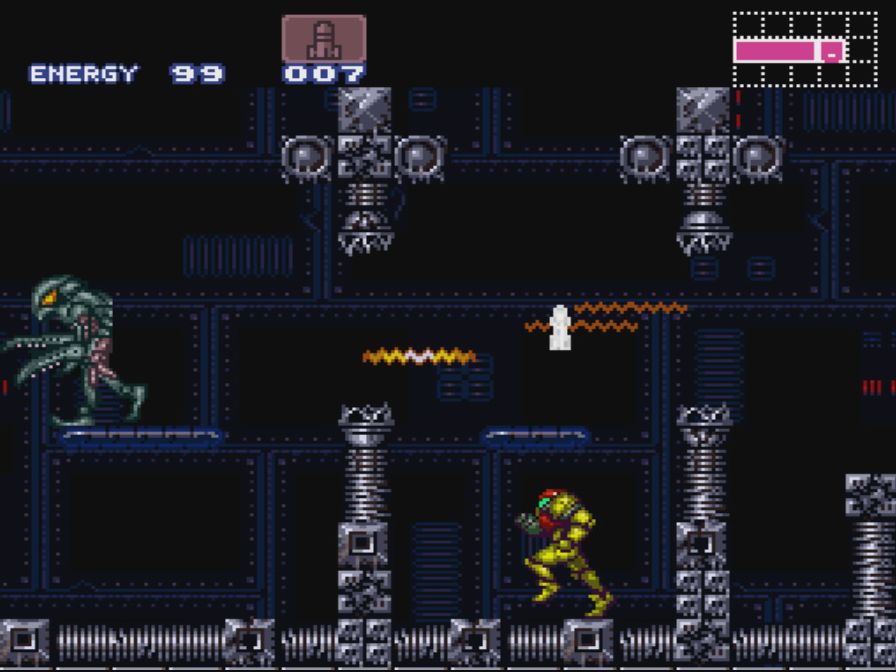
In a metroidvania, on the other hand, the player is enticed and indeed pushed by the design to embark on his own journey in peace, taking the time to familiarize yourself with the various mechanics and with the setting (Although the latter are the haunt of a huge amount of speedrunners, players with very high skills and competences who are able to finish these titles in a matter of minutes) .
Unlike platformers that have a start at one end and a goal to be reached at the opposite end of the level, the world of metroidvania it develops and branches out the more the player explores it, revealing new areas, secrets, items, abilities, upgrades and last but not least fearsome bosses.
The game maps they open Than we over time and they must be traveled back and forth in order to use the various powers or objects obtained during the explorations to open a previously blocked door, break through a wall, reach a high place or take a long jump.
Exploration does not follow Than we a fluid and linear trend but it requires the player to stop in order to think about the next direction to take, making local minds of previously encountered impassable obstacles (or even making use of the now ubiquitous map of the world); the movement in this case therefore develops on two dimensions in the same way, with a vertical amplitude equivalent to the horizontal one.
Skills, items and enemies
Component that characterizes and distinguishes each metroidvania from another is undoubtedly it unlimited number of powers, skills, objects, in short, all the so-called "power-ups" that the main player is able to collect during his adventure, it is the latter that determine the pace of the game and also his style.
Think for example of a Metroid in which the skills are all related to enhancements of the whole of the protagonist Samus, with an arsenal that ranges from missiles, bombs, and laser beams to x-ray viewers, boots that allow you to float in the air and boosters to move at super speed, all skills that allow you to overcome the difficult and science fiction environments that are explored in the aforementioned titles. This, of course, is not an absolute rule: in titles like like Ori and the Blind Forest o Hollow Knight abilities are organic and inherently related to the character or ecosystem between wings to float, bubbles to dive into murky waters or claws to scale rock walls.
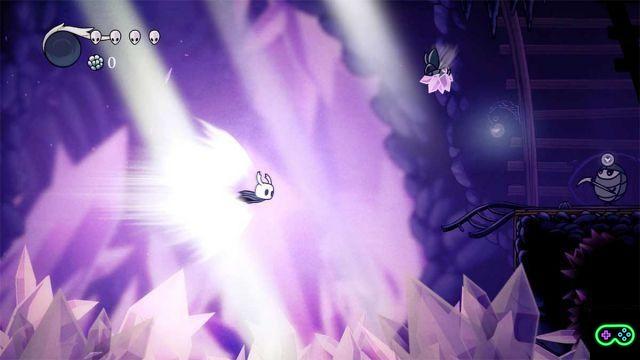
As we collect upgrades and become stronger in the various explorations, what we get is a double advantage; the skills are made in such a way as to provide advantages both from an exploratory and a combat point of view, so an aerial shot allows us to overcome a large cliff but also to dodge the attacks of the bosses, that a grapple allows us to swing ourselves by hanging ourselves from the ceiling but also to tear off pieces of the enemy's armor; only in very rare cases does a skill have only one type of use and in this case we could even talk about bad game design.
This versatility of the skills, which are useful both in the combat and in the exploratory phases, is peculiar and unique of metroidvania and very few other titles, while for example in an action rpg a-la Dark Souls the difference between combat objects is much more distinct ( weapons, armor and spells) and exploratory objects, which are reduced to a multitude of key objects that go to unlock various areas, from simple doors to the domains of the most fearsome bosses of the title.
All the set of power-ups collected by the player then goes to intertwine with those who are the real enemies that swarm the game ecosystem. In every good metroidvania there is never a good dose of annoying little creatures that roam the various rooms of the game world, making it alive, making us immerse in what is not simply a world in two dimensions, but a reality that developers want us tell.
Hence, arboreal caves or forests are filled with insects, magmatic caves with infernal worms and underwater environments with abyssal monstrosities.
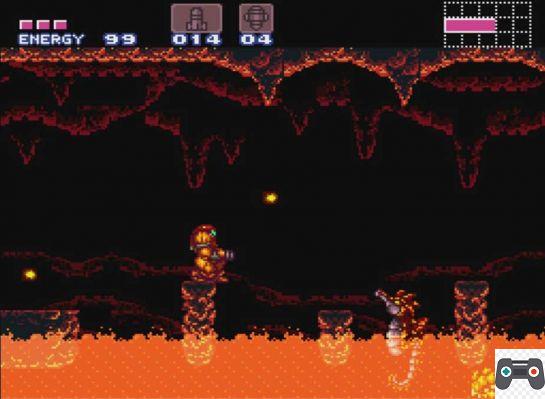
It is not strange to see an evolution of the enemies in the progress of the adventure, our actions, our choices will ensure (almost always inevitably and strictly linked to the plot) that the enemies change becoming more difficult, so (as well as to tell a story) to maintain a high level of challenge even during the backtracking phases.
Finally, the bosses are a cornerstone of the genre, often gigantic compared to our protagonist, they will in turn be puzzles to be gutted to first discover the weaknesses and then make use of our hard-earned skills to go and hit just that weak point, a crack, an opening in the armor, an eye or a wide open mouth and to make a clean sweep of the enemy, our efforts will almost always be rewarded by a new and powerful ability.
The player as a focal point
A particular aspect of metroidvania, which they have in common, albeit to a much lesser extent, with role-playing games is the centrality of the player towards the set of events that occur.
History and level design work together. Since each metroidvania game is like a huge puzzle to be solved, a cohesive story is needed to entice the player to continue. This makes for a more immersive experience than a traditional side-scroller, but clearly not as immersive as an open world game or classic RPG.
While in a classic platform the contribution of the playing character within the world is almost nil and it acts independently of the level, passively, within a metroidvania the character interact actively with the world and with the characters present within it, in a “silent” storytelling in which a witty player can grasp many small details that tell a story without using a single word.
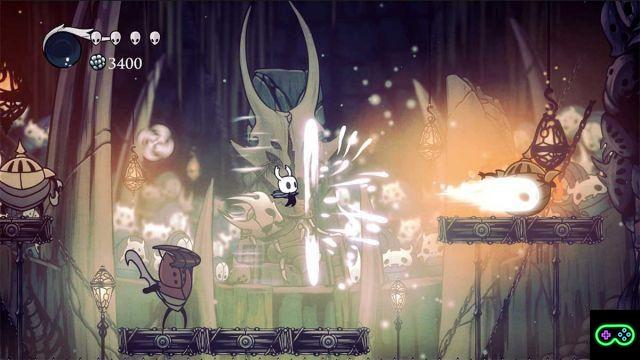
So, after all, is there a formula for the perfect metroidvania?
Well yes and no. There is no doubt that among a vast sea of amazing titles, in addition to the great classics, in recent years, also thanks to talented development teams (especially indie among other things), "small" pearls have emerged such as Hollow Knight, Blasphemous, Guacamelee, Bloodstained Ritual of the Night, and Ori and the Will of the Wisp (and these are just a few examples, but the list may be long enough to cause inevitable headaches). Each of these titles contains within it all the fundamental nuclei of the genre, but expands them, modifies them, rearranges them as best we believe to create works that, as long as they belong to the same genre, are totally different from each other.
The final decision is therefore always up to the player and to his personal taste, to the way in which he decides to live his adventure. There is no perfect metroidvania, but maybe we don't even need it
Each metroidvania has its facets, its peculiarities, its strengths, but also its flaws.
A good Metroidvania is everything, as well as in its technical merits, in the infinite sensations and in the emotions it is able to arouse in the player, and this is undeniable.




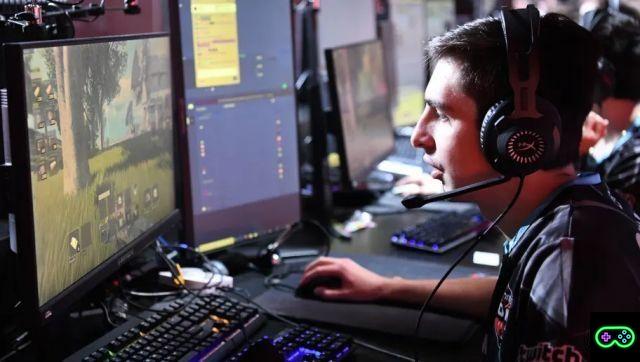
![[The Bear's Lair] God of War: Betrayal and Greek mythology](/images/posts/17432d3b12ecfec44b0b855d20c7520f-0.jpg)



